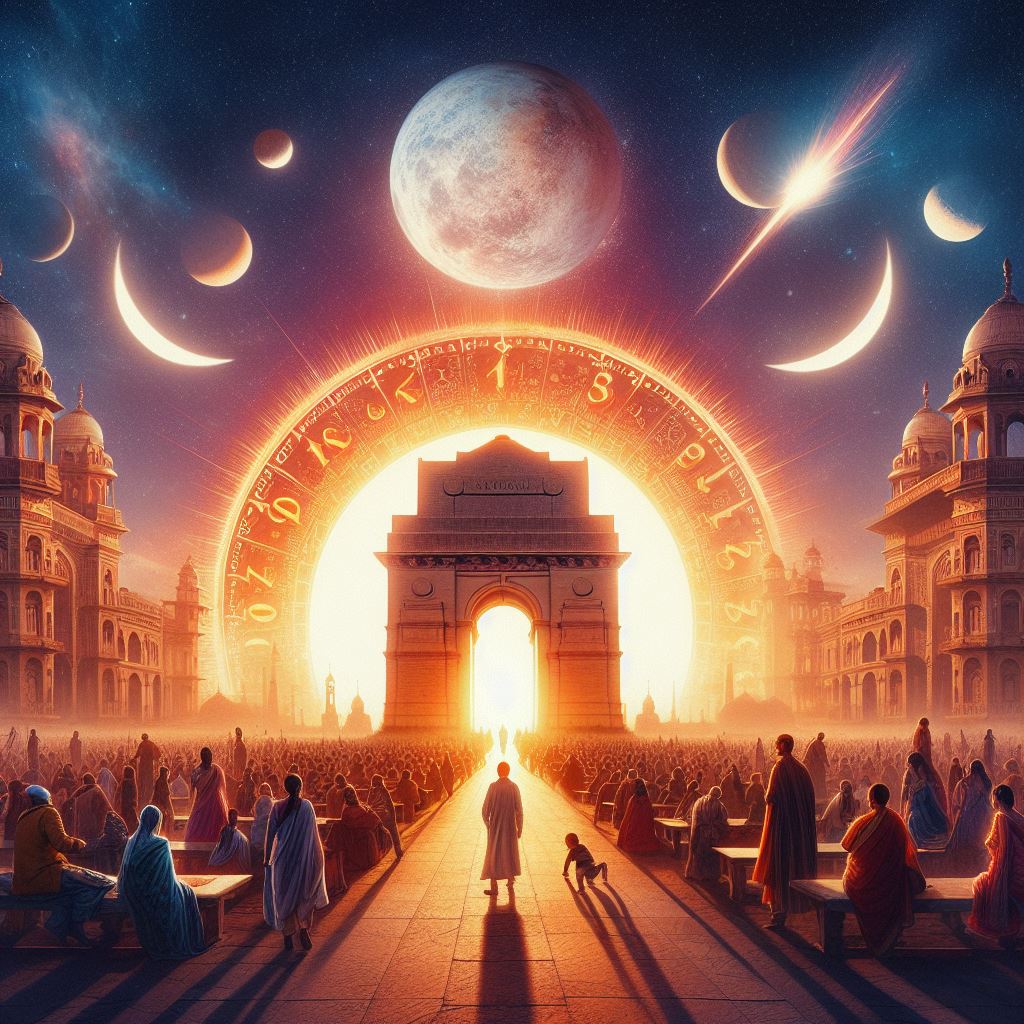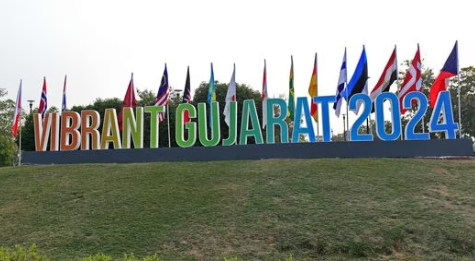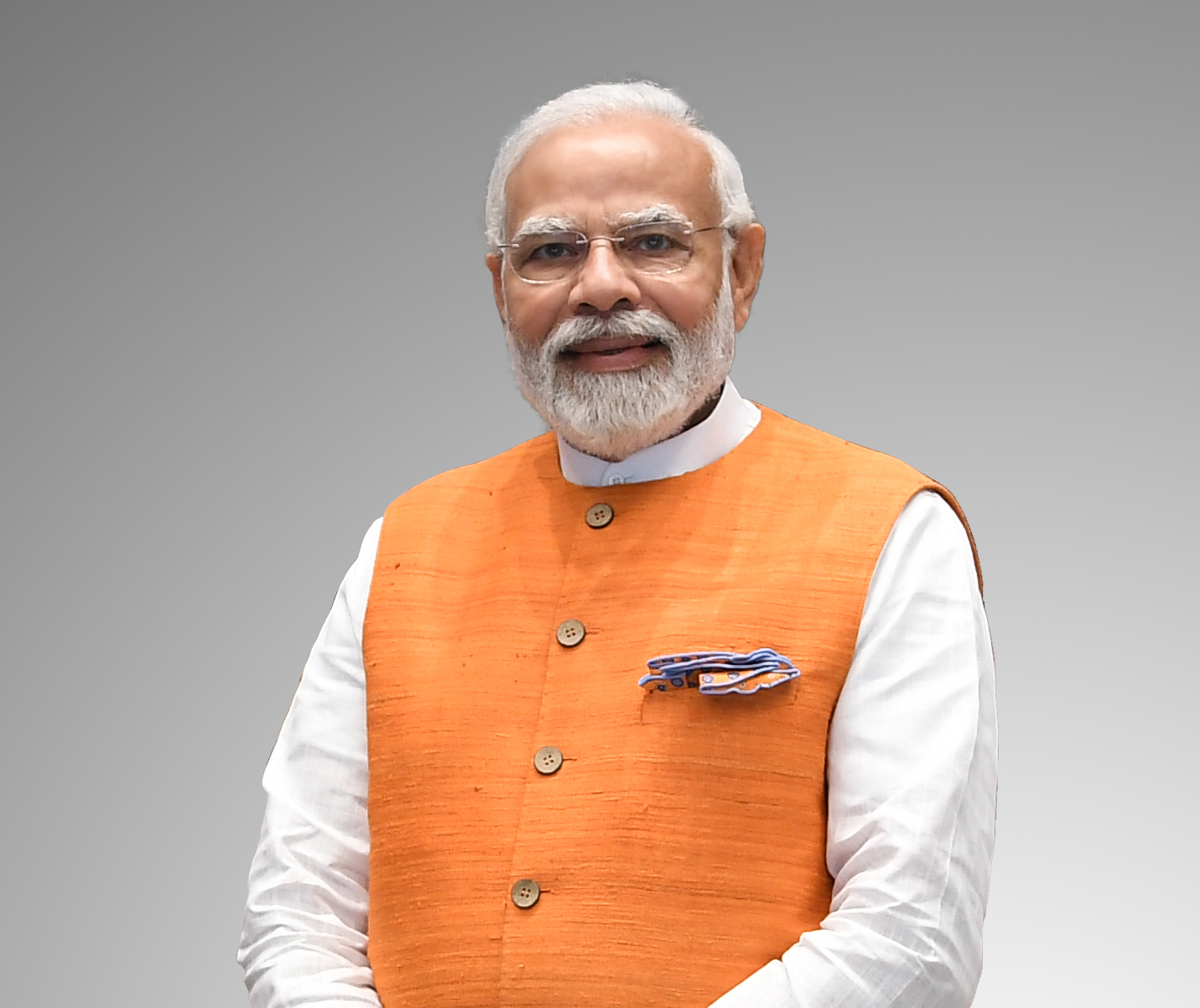
The Winter Solstice, or the shortest day of the year, is a remarkable astronomical event that happens every year. In 2023, India will celebrate this event on December 22⁴. But what causes this event, and why does it happen on this specific date? Let’s discover the science behind it.
Highlights:
The Science of Solstice
The word “solstice” comes from the Latin words “sol” (sun) and “sistere” (to stand still)⁸. This word describes the phenomenon where the sun’s apparent movement in the sky temporarily pauses before changing direction⁸.
The Earth spins on its axis, which is tilted at an angle of about 23.5 degrees relative to its orbit around the sun⁸⁹. This tilt is the reason for the change of seasons we experience throughout the year⁸⁹.
During the Winter Solstice, the Northern Hemisphere, which includes India, leans away from the sun⁸⁹. Because of this tilt, sunlight has to travel through more of the Earth’s atmosphere, making it weaker and more diffuse⁸. This results in shorter days and longer nights⁸.
The Shortest Day
On December 22, 2023, in New Delhi, the sun will rise at 7:09 am and set at 5:29 pm, resulting in a daylight duration of only 10 hours, 19 minutes, and 17 seconds⁴⁸. This day will have the least hours of daylight of the year in India⁴.
The sun appears lower in the sky during the Winter Solstice, casting longer shadows⁸. This is why your shadow may seem longer during this period, especially noticeable in the early morning and late afternoon⁸.
The Aftermath of the Solstice
The bright side is that from this point on, the days will start to get longer until Midsummer’s Night in about 6 months⁴. However, even though there is more energy from the sun, the latent temperature of the Earth makes the air temperature slow to react⁴. This phenomenon is known as seasonal lag⁴.
Conclusion
The Winter Solstice is a reminder of the intricate dance between our planet and the sun. It’s a time when we celebrate the shortest day and the longest night of the year. So, on December 22, 2023, as you celebrate the shortest day in India, take a moment to marvel at the astronomical accuracy that makes this event possible.





